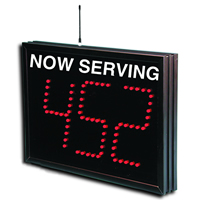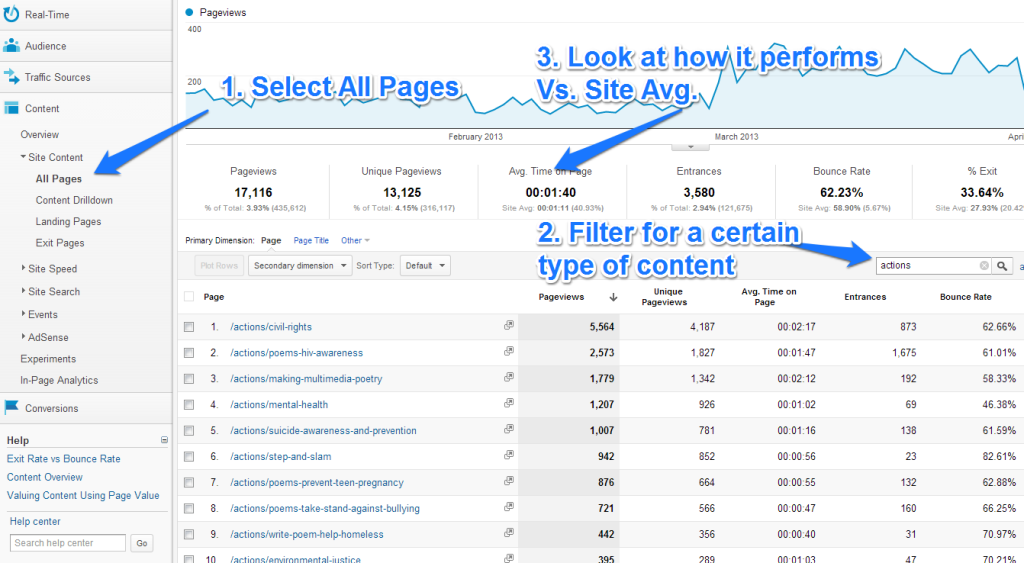 “Our ‘average visit duration’ is terrible, what are we doing wrong? People must not like us because they are leaving so quickly. Seriously we need to go fix this team!” – Manager who is trying to lead a team using a broken compass.
“Our ‘average visit duration’ is terrible, what are we doing wrong? People must not like us because they are leaving so quickly. Seriously we need to go fix this team!” – Manager who is trying to lead a team using a broken compass.
The web data provided by Google Analytics (GA) is incredible as well as overwhelming. Many new nonprofits that I teach GA to gravitate toward the question “how are we doing”? And to answer this, they tend to ask: how many people visit our site and how long do they stay. With the assumption that the more people that visit and the longer they stay, the better things must be – right?
To illustrate this assumption, I present a literal example. I recently went to get my driver’s license renewed at the DMV and as I stared at the daunting wait time remaining, I thought “damn, this place must have incredible average visit duration!” If the DMV uses these same metrics, they must love it, because they have designed the perfect system for maximizing it.
Thus, ‘Average Visit Duration’* is a weak metric because it ignores why people were on a site for a long time – out of pure pleasure or frustration. Also, It averages all behavior together, including pages where the goal may be to send people to register for an event or follow on Facebook- in other words, a short visit duration is desired.
*A big asterisk, Visit Duration is counted as 0 seconds(!!!) when a user goes to just one page and leaves the site from it (Bounces). Thus, your average visit duration is most definitely skewed downward. You may be better off viewing average visit duration with bounced visits filtered out, though of course this metric will likely be skewed upward.
It is often more helpful to assess user engagement on a specific page level, say, a resource page designed to keep users engaged. ‘Average Time on Page’ has this information and provides a micro-level glimpse at user engagement. And, with time on page calculations, there are no visits that are counted as 0 seconds.
Tip: Event Tracking
Chances are that you have a page on your website that functions as an exit page, but contains PDF’s for visitors to download or something else that’s clickable but doesn’t lead to a new subpage. You want to know if visitors who leave the site check out the PDF’s before leaving. Enter Event Tracking. This involves adding a little bit of javascript to the link people click on to leave your site. No worries: GA event tracking tool can generate a custom code for all of your event tracking needs.
Every tracking code will neccessarily be slightly different, but ultimately, the event link will follow this blueprint:
<a href=”/downloads/example-whitepaper.pdf””http://gaconfig.com/google-analytics-event-tracking/”
onClick=”_gaq.push([‘_trackEvent’, ‘download’, ‘Whitepaper’,’2013 Report’, false])”
>PDF Download of 2013 Report</a>
Tip: Filtering Content Within a Site

Looking at Avg. Time on Page for a certain type of content within a site can be helpful since you know the purpose of it is to keep users engaged and moving onto more resources. The image here is a look at PowerPoetry.org’s action section where they want users to read and be inspired to write poems with real impact. By filtering based on the URL construction, it is possible to see just how this section performs vs. the average site.
Final Thought
The caution here is consistent with that of all the data we look at to understand and measure our organizations. Remember that data are people too – and sometimes they don’t like to be kept waiting.
P.S. If you want to really mess with me, stay on this page for another 5 minutes and then click something else on the site.

